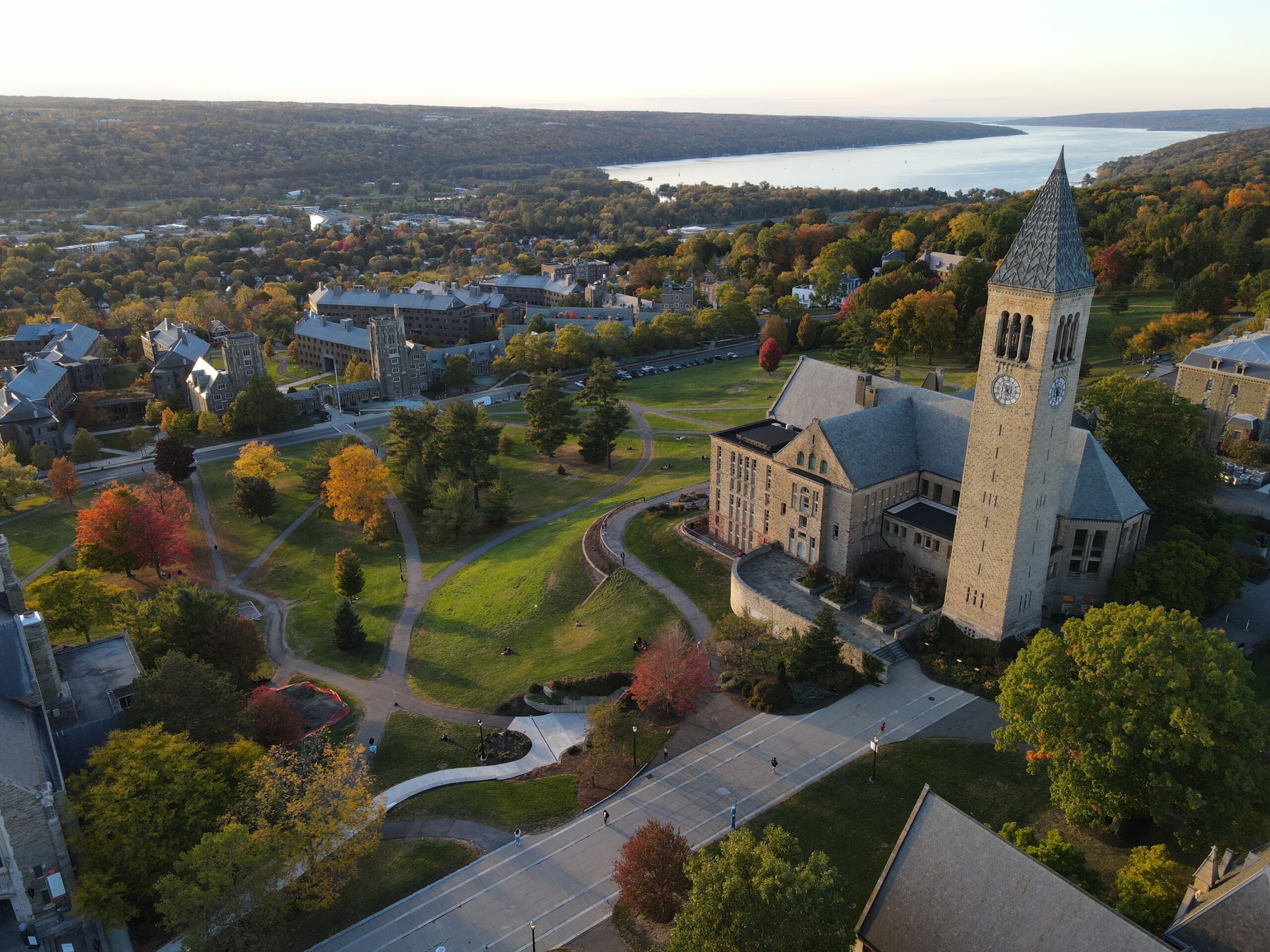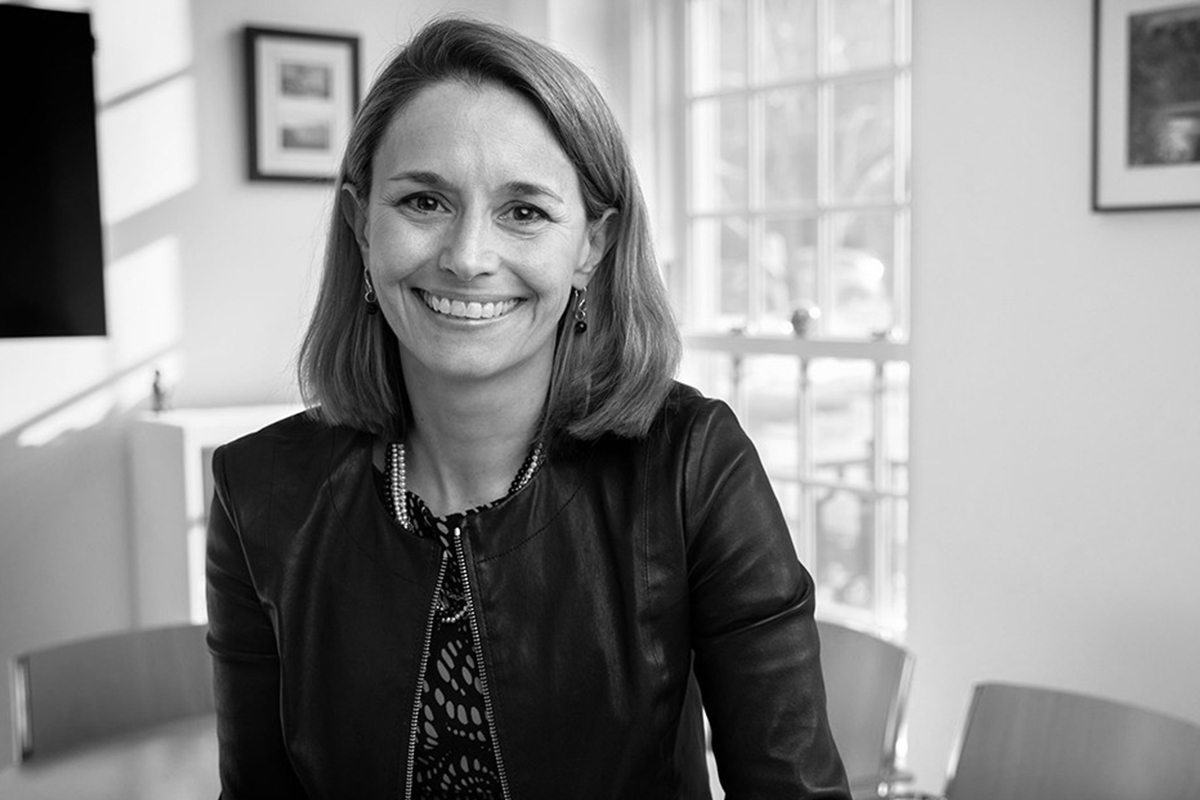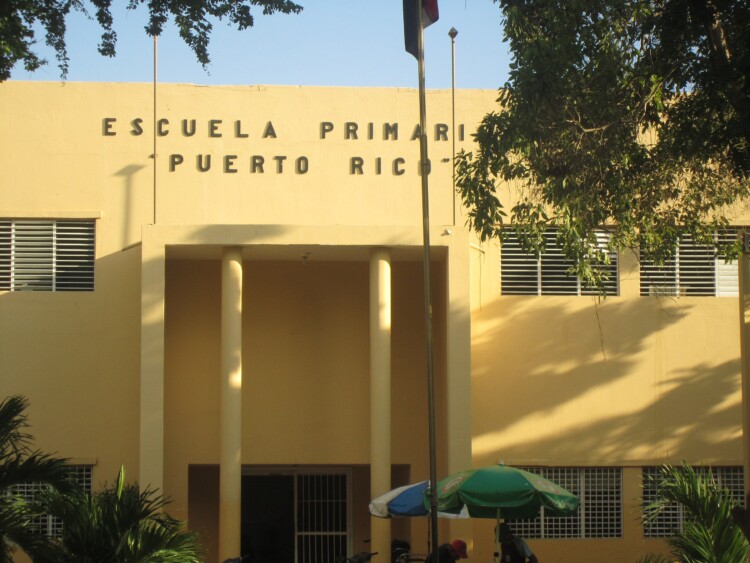Community-engaged research is not the norm for social scientists. When it comes to faculty career advancement criteria, research institutions typically value studies that advance the field and generate publications more than collaborative knowledge-building that advances the public good. But research designed to address real-time policy and practice problems can be as methodologically rigorous as any other research. And institutions can take concrete steps to support this work by creating structures that enable faculty to contribute not only to their disciplines, but to the wellbeing of communities beyond the university gates. As we’ve written, “such innovation may be the key to social impact, and [to] demonstrating the value of research to those who question its worth.”
Cornell University, for example, is home to a university-wide initiative that facilitates research activities with community partners. In 2018, Cornell’s College of Human Ecology was awarded the first-ever William T. Grant Foundation Institutional Challenge Grant for its work with the Cornell Cooperative Extension of Tompkins County (CCE-Tompkins). The partnership responds to increasing rates of opioid abuse and child maltreatment in low-income, rural communities in upstate New York. Research conducted during the grant period thus far has identified promising approaches to reducing inequality in outcomes for rural youth whose parents struggle with substance misuse and built a strong community partnership. Here, PI Rachel Dunifon, the Rebecca Q. and James C. Morgan Dean of the College of Human Ecology, speaks with our Communications Manager, Lenore Neier, about how the Institutional Challenge Grant further developed the infrastructure for rewarding faculty that partner with community organizations to conduct research that responds to their concerns.
Could you describe the infrastructure that supports community-engaged research at Cornell and how your team has leveraged the Institutional Challenge Grant to build on that foundation?
Cornell is a unique blend of public and private institution. We are a New York State land grant institution, so we have historically had a commitment to taking on work that addressees real world problems and engaging with partners as we carry out our work. In addition, a little over five years ago, Cornell launched an initiative called Engaged Cornell, which has now evolved into the David M. Einhorn Center for Community Engagement. That university-wide initiative put a spark under the whole idea of engaged learning at Cornell, and I’ve seen a growing movement among faculty, particularly junior faculty, of embracing community engaged work. The Center offers a lot of support for faculty who want to incorporate engaged learning into their coursework and into the research opportunities they provide for students. Through such university entities as the Bronfenbrenner Center for Translational Research, we have resources for faculty to enhance their skills related community-engaged work, including how to connect with a wide range of partners. We also provide funding and support for faculty who want to take time out of their regular research to put toward community-engaged work.
With the momentum building among faculty at Cornell and the College, we felt that we were in a good position to take it even further. I felt like we had gotten halfway there with the existing initiatives, but we needed something more intentional and cohesive to put us more on the path toward institutional change. For example, my co-PI, Anna Steinkraus at CCE-Tompkins and I have known each other for 18 years. She’d reach out if she had an evaluation related question, and sometimes I’d reach out to her when I wanted to think about how my research would be relevant in the community, but we never had a chance to really work together over a long period of time. That’s what has made this grant so important: Although the connections were there, we weren’t able to sustain the relationship long enough for it to be considered a research-practice partnership. I felt like we had the ingredients, but not that a stable source of funding or a mandate to move it forward in a bigger way.
I felt like we had gotten halfway there with the existing initiatives, but we needed something more intentional and cohesive to put us more on the path toward institutional change.
Our focus on this grant has been on giving faculty the skills and the time and the resources to do collaborative work with community partners. By skills, I mean: How do you develop a thoughtful partnership and how do you take your preconceived idea of research and adapt it to something happening on the ground that is really dynamic and fluid? The time means releasing faculty from some of their other obligations so that they have the time (and can afford) to do this work. Another approach we have taken is to elevate faculty who are working in partnerships. One of our most prominent faculty is one of the mid-career fellows on our grant, Laura Tach. She’s a superstar and serves as a model for other faculty who are interested in succeeding in this work.
One of the biggest institutional changes I’ve made so far was appointing an academic leader who has responsibility for our commitment to public engagement and engaged research. I appointed Associate Professor Anthony Burrow, a prominent scholar known for his commitment to engaged research and for his support of diversity through his scholarship, teaching, and outreach, to Associate Dean of Outreach and Extension. This appointment elevates the College’s outreach and extension work, integrates it with the College’s strategic planning and leadership structure, and increases the impact and visibility of engaged work within the College.
At the College, we have also just launched a strategic planning process. “Engaged Learning and Research” will be a cornerstone of this process—a critical element that distinguishes the College from its peers. This dovetails with another critical priority area for the College: racial and social justice. I recently appointed a faculty lead in this area, and under her leadership we have completed a College-wide hiring initiative for faculty in the area of social justice. These two priorities—engaged learning and research, and racial and social justice—reinforce each other and constitute the College’s key areas of focus going forward.
How has this work been received by Cornell and what influence has it had across the institution?
Our work has been well received and well supported. It was prominently noted that we were the inaugural recipient of both the initial Institutional Challenge Grant and the continuation grant. Some of the university-wide leadership, including the vice-provost, have been very supportive and are keeping close track of what we are doing and see it as a model for other colleges.
We were also recently named an Engaged College by the David M. Einhorn Center for Community Engagement, an honor awarded to colleges for public engagement that also provides multi-year funding. We were the first college to receive that recognition and I think that was a reflection of the work we had already done in this area thanks to the Institutional Challenge Grant.
University-wide leadership, including the vice-provost, have been very supportive and are keeping close track of what we are doing and see it as a model for other colleges
At the same time, we are planting seeds for the future. We have committed to giving undergraduate students an opportunity to do engaged work during their time in the College. Thousands of students who have engaged learning as a core component of their education at Cornell will develop that sensitivity to what it means to engage with the community and to learn from others; not just delivering their knowledge, but being in a partnership and learning about real-world experiences.
Separately, we have seen over the past year that there is value in having a research agenda based on something you see around you rather than something you mapped out five years ago and you are going to stick with it no matter what. The crisis of the pandemic spurred faculty to respond and use their research skills in collaboration with the community on issues we never even thought we’d be thinking about 18 months ago. The most successful universities are able to do that—to be agile, to pivot. And we feel that our work has made us more successful in that regard.
What advice would you offer applicants of the Institutional Challenge Grant program who are interested in pursuing this kind of work and moving similar initiatives forward at their institutions?
Having a member of your leadership team who has responsibility and oversight for engaged research is critical. Giving that person the bandwidth—and, ideally, the resources—to try things in the context that exists would be a great start.
There are also smaller-scale changes that can be very meaningful, like developing awards to faculty who do community engaged work, or awards for faculty who excel in community engaged teaching. That sets an example that this work is valuable and worthy of recognition. We have an endowed fellowship, the Millman Fellowship, which is allocated to a new faculty member every two years and provides them resources to support community engaged work. This provides the support and time to someone who is relatively junior in their career and ready to launch in this area. My goal is to have several fellowships like that in the future, where it’s an honor to be named as a fellow.
Integrating community engaged research into the curriculum is also a fantastic way to make sure that it remains at the core of your work, because educating students is central to our work as a university. A focus on curriculum as an institutional change is distinct from the Foundation’s priority on collaborative research, but these streams of work are not at odds. For example, we were able to fund a faculty member who had never done a community-focused undergrad class. The college provided him funding to partner with a federal prison, so in one class he was teaching both college students and recently incarcerated students. That experience has now given way to a new research trajectory for him. That was an investment in a class, but it spread out into influencing a research agenda. So, I do think working through the curriculum is a great way to enact institutional changes that have many spillover effects.








